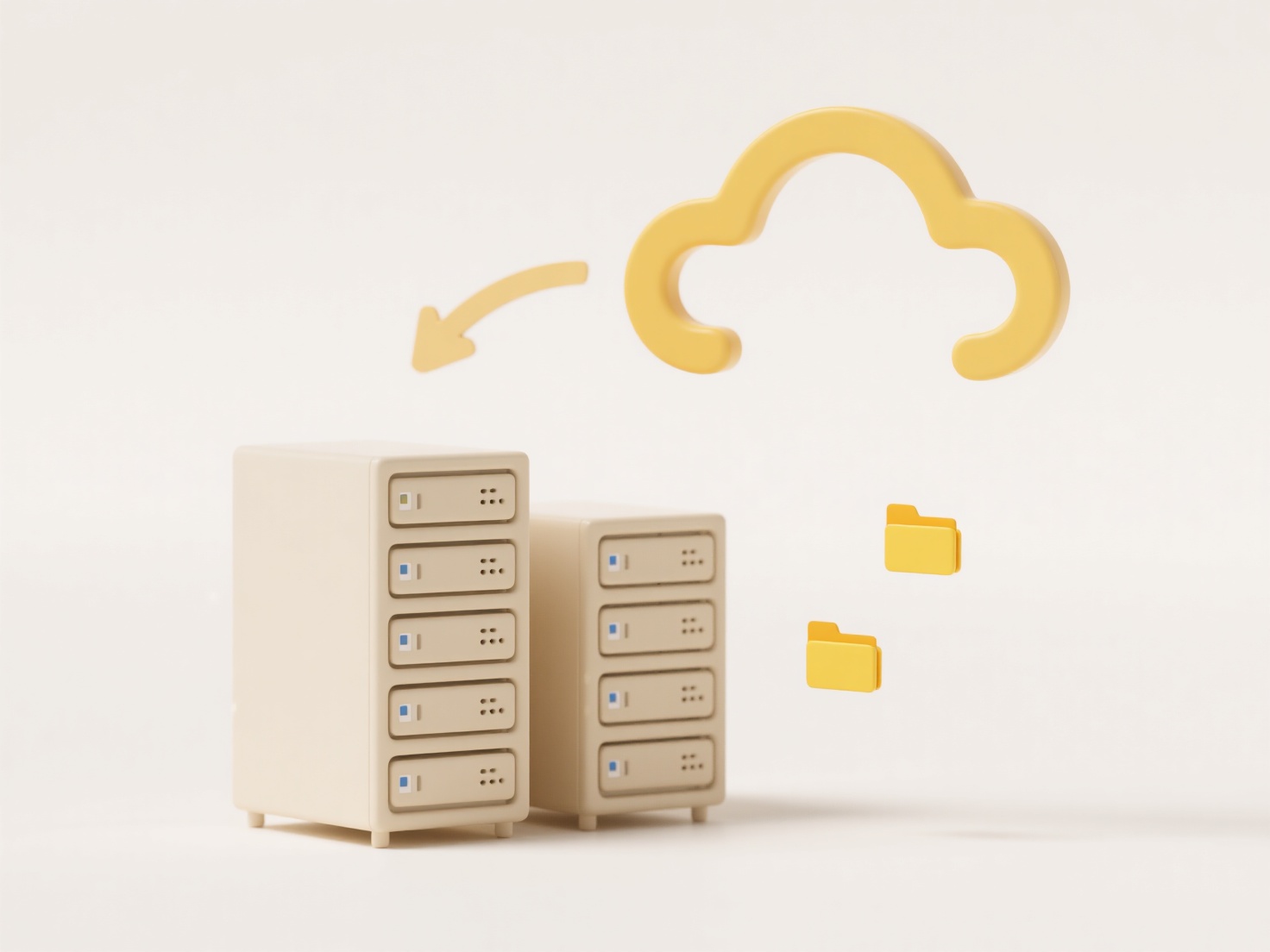
Sharing a file in OneDrive with edit rights means giving others permission to open, modify, save changes, and potentially delete the specific file or folder you select. Unlike "View" sharing, which allows recipients only to see the content, granting "Edit" access empowers recipients to alter the document collaboratively. This typically requires your OneDrive account and the file(s) to reside within a Microsoft 365 (or work/school) environment where collaborative editing features are enabled.

For example, you might share a Microsoft Word business proposal stored in your OneDrive with a colleague who needs to update financial figures directly. Similarly, a team leader could share an Excel project tracker folder from their OneDrive with contractors so everyone can edit their assigned tasks simultaneously using Office apps online or on the desktop. This functionality is extensively used in corporate environments, education, and non-profits where real-time co-authoring is essential.
The main advantage is enabling seamless, concurrent collaboration, boosting productivity and eliminating version control issues inherent in emailing files. Key limitations include potential accidental overwriting and managing permissions granularity. Ethically, granting edit access demands trust, as recipients can change or delete your original file; always confirm the recipient's identity. Future developments focus on more detailed permission controls and tracking edit histories more comprehensively.
How do I share a file in OneDrive with edit rights?
Sharing a file in OneDrive with edit rights means giving others permission to open, modify, save changes, and potentially delete the specific file or folder you select. Unlike "View" sharing, which allows recipients only to see the content, granting "Edit" access empowers recipients to alter the document collaboratively. This typically requires your OneDrive account and the file(s) to reside within a Microsoft 365 (or work/school) environment where collaborative editing features are enabled.

For example, you might share a Microsoft Word business proposal stored in your OneDrive with a colleague who needs to update financial figures directly. Similarly, a team leader could share an Excel project tracker folder from their OneDrive with contractors so everyone can edit their assigned tasks simultaneously using Office apps online or on the desktop. This functionality is extensively used in corporate environments, education, and non-profits where real-time co-authoring is essential.
The main advantage is enabling seamless, concurrent collaboration, boosting productivity and eliminating version control issues inherent in emailing files. Key limitations include potential accidental overwriting and managing permissions granularity. Ethically, granting edit access demands trust, as recipients can change or delete your original file; always confirm the recipient's identity. Future developments focus on more detailed permission controls and tracking edit histories more comprehensively.
Quick Article Links
Why are mobile file sharing options limited?
Mobile file sharing options can seem limited primarily due to device operating system constraints and design priorities....
How do I organize ebooks and PDFs?
Organizing ebooks and PDFs involves creating a digital filing system using tools and strategies to easily locate and man...
How many levels deep should I organize folders?
Folder depth refers to the number of subdirectory levels used to organize files on a computer or server. Shallow structu...